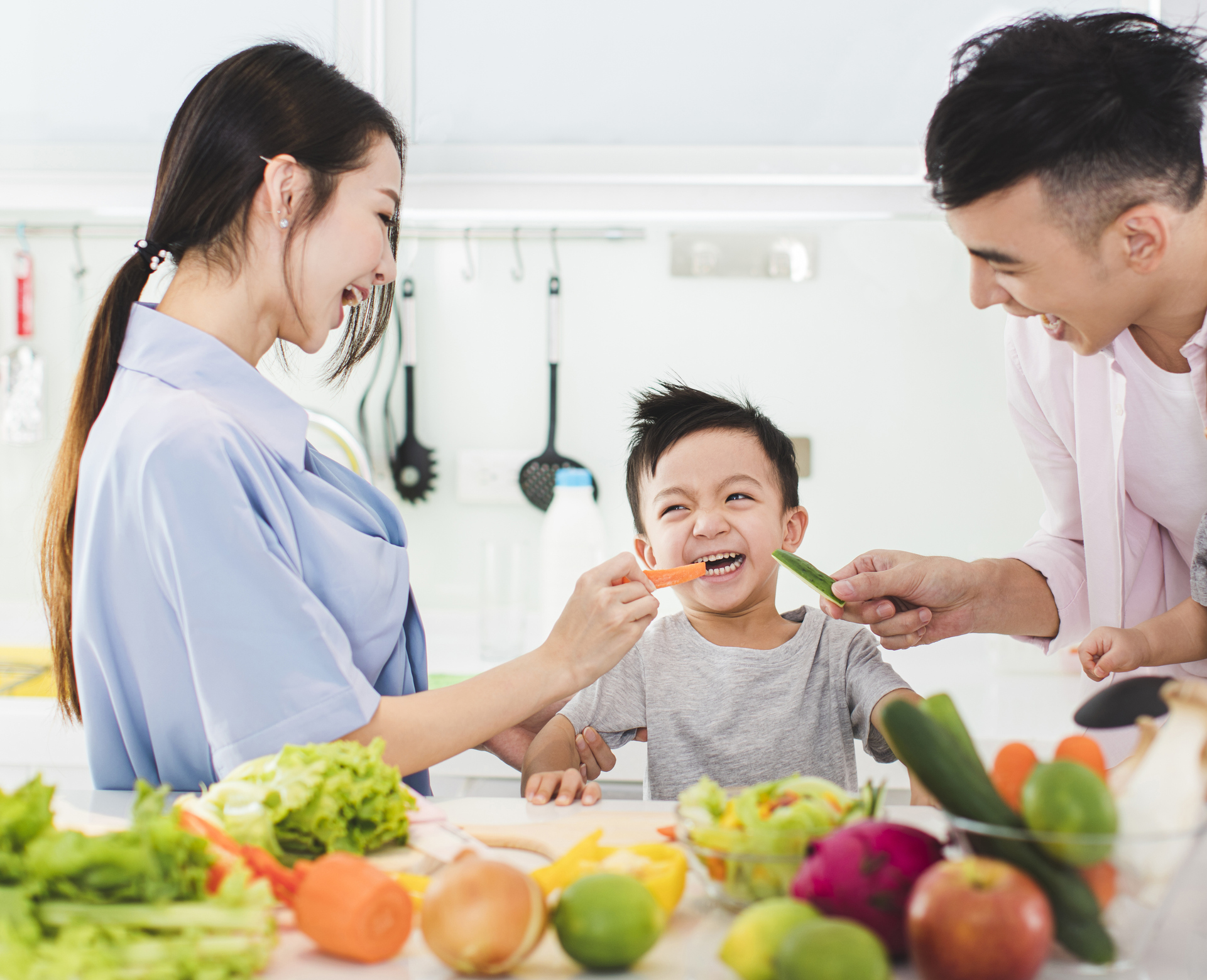
The raw foods present dramatically overstated ‘enzymes’. Our body’s have been so designed that they produce their own enzymes, and doesn’t need it from external sources. The fact to be noted is that most enzymes that we do eat are digested as proteins rather than put to work biochemically. It is estimated that cooking the veges will heat the nutrients right out of them, well, that depends largely on the food and the cooking method adopted. In some instances, cooking actually enhances the body’s ability to absorb nutrients. In case of vegetables like tomatoes, for example, it would be better to stir fry or roast them in the oven. This is because the lycopene present in tomatoes that prevents diabetes, prostate cancer and osteoporosis is more easily absorbed by the body when tomatoes are cooked thoroughly or processed.
Cooking kills the bacteria and other parasites living on the surfaces of some vegetables. and more so there are many foods that can’t be eaten at all in their raw state like, beans, potatoes, wheat. You can sprout the wheat, but in doing so you’re changing proteins and destroying enzymes, which cooking also does.
It is actually the way we prepare and cook our vegetables that will determine how much nutrient loss there is. Chopping, or slicing (breaks down the cell walls), and allowing vegetables to sit for 5-10 minutes maximizes their valuable phytonutrients.
Steaming foods for the right amount of time results in negligible nutrient loss. Frying is the worst way to cook vegetables, other methods like boiling, grilling, broiling and sautéing are not good either, because these can strip off the nutrients such as vitamins, minerals and antioxidants from the vegetables. Steaming vegetables can do a much better job in boosting immune functions, regulating natural systems of the body, facilitating detoxification and improving digestion than fried, grilled or boiled vegetables. It is ideal for spinach, broccoli, corn, asparagus, carrots, cauliflower, beans, bok choy, Chinese cabbage and other green leafy vegetables.
Also, how well we chew our food plays a role in nutrient absorption. Most people do not chew their food adequately, and because digestion begins in the mouth we are not able to absorb as much. Cooking vegetables helps aid digestion, making what we eat more easily absorbed. At the same time, excessive cooking leads to a loss of nutrients.

Avoid cooking methods, like
- Microwave
- Boiling or cooking in water
Instead, use cooking methods that add flavor without sacrificing nutritional value, such as:
- Steaming
- Roasting
- Grilling
Tips for Long Lasting Benefits:
- In the case of some vegetables, like onions & garlic heat triggers chemical reactions that increase variety of sulfur containing substances to the body.
- Certain fruits and vegetables should be eaten with a small amount of fat, preferably a heart-healthy fat, to get the most nutrients. e.g., dipping carrots into a little hummus or adding a little olive oil to your grilled tomatoes, for example, will help with the absorption.
- Raw or Cooked: Finding a Better Way to Eat Vegetables Steamed vegetables are cooked just right. They are neither overcooked nor undercooked. This makes them so flavorful that you’ll want to munch on these vegetables more and more. This is great since vegetables are good sources of nutrients. The more you eat, the better. Although raw vegetables are more nutritious, many people do not think they taste good (except for those used in salad).
- Only cook vegetables just long enough that they start to soften, but still retain their crunch.
- Cooking a starchy vegetable increases digestibility markedly, on the order of 2-12 times, depending on the preparation method. For vegetarians, this is particularly important.
- Some nutrients become more available and some are decreased or destroyed by heat. Vitamin C, for example, is highly unstable, easily leaching into cooking water or being broken down by heat, light, and air. Other water soluble vitamins, while easily leaching into water, are relatively stable under heat.
- Puréed vegetables can be used in many different ways. In addition to sauces, dips, cracker spreads and sandwich fillings, they can be used as toppings for pasta or pizza as well as entrées and vegetable side dishes. Vegetable purées also work as the base for an “instant” soup when heated with broth or milk.
- Include fermented vegetables such as sauerkraut and kimchi. These foods harness the power of nature to begin the digestive process.
The bottom line is to consume a variety of vegetables as they are in season, prepared in a variety of ways. From salads to soups, cold to hot side dishes, all promote your health in various ways. Eat your vegetables…cooked, raw, fermented.
Disclaimer
The Content is not intended to be a substitute for professional medical advice, diagnosis, or treatment. Always seek the advice of your physician or other qualified health provider with any questions you may have regarding a medical condition.